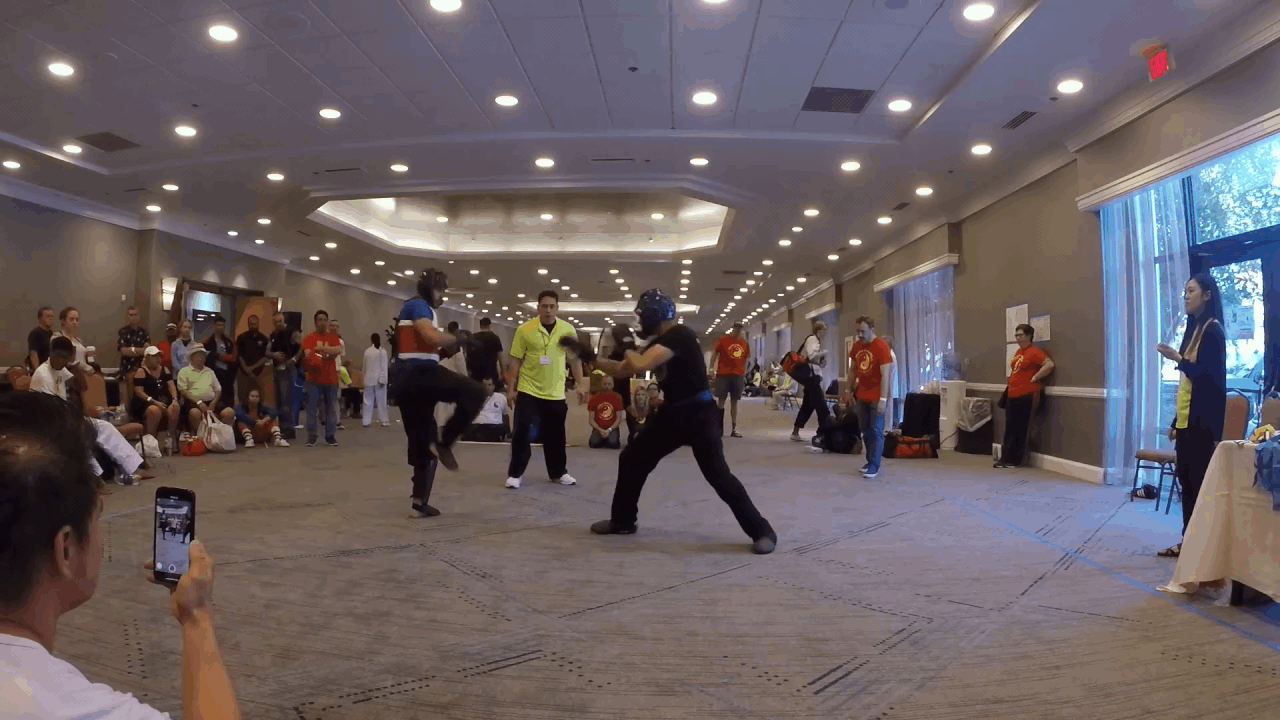Christopher Adamchek
Purple Belt
Concept ive been playing with and how ive been explaining it to students.
The concept comes from watching numerous live self-defense where
A - someone tries to do a correct thing, but lacks confidence and aggression and fails
B - or someone does unsafe defenses but with so much counter aggression that they succeed
Hence the luck aggression principle
Where a threshold of aggression is required for good technique to actually work but is less than 100% aggression
However if you output 100% aggression on every move you make you get a "luck token" where you chances of success (regardless of skill or safety) are about 80% and once you burn out and no longer output 100% aggression you can no longer afford the "luck token" and it can even flip on you
Emphasizing good skill and safety with appropriate aggression is key!
The concept comes from watching numerous live self-defense where
A - someone tries to do a correct thing, but lacks confidence and aggression and fails
B - or someone does unsafe defenses but with so much counter aggression that they succeed
Hence the luck aggression principle
Where a threshold of aggression is required for good technique to actually work but is less than 100% aggression
However if you output 100% aggression on every move you make you get a "luck token" where you chances of success (regardless of skill or safety) are about 80% and once you burn out and no longer output 100% aggression you can no longer afford the "luck token" and it can even flip on you
Emphasizing good skill and safety with appropriate aggression is key!

